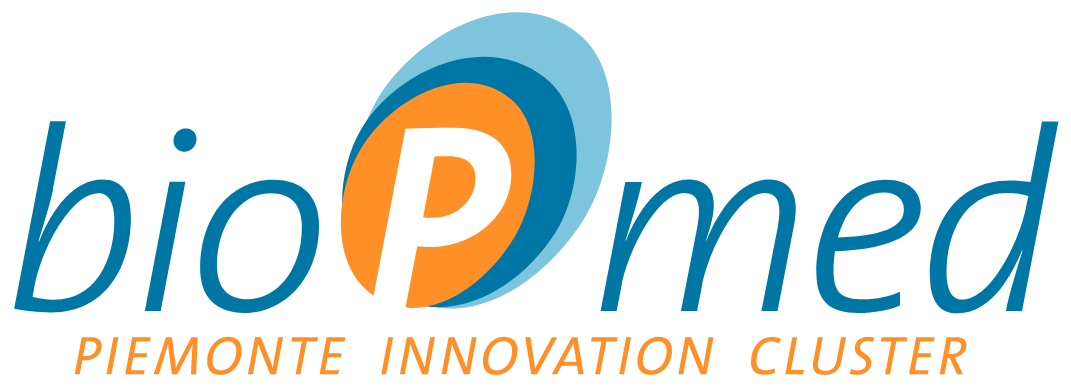Details
Project title: Bacteria and microbial consortia to reduce gut dysfunction and evaluate induction of resistance and tolerance in humans
Acronym: BIR
Coordinator: Giusto Giovannetti – C.C.S. AOSTA S.r.l.
Type: Feasibility study
Annuality: Second
TP/LS membership: CMDI/HMNA1
Subjects involved: C.C.S. AOSTA S.r.l.
Status: Completed
Download report »
Abstract: With the present feasibility study, we wanted to investigate the possibility of the use of some bacteria and other microorganisms from different microbial consortia (currently used in the plant environment) as probiotics or probiotic-like, in order to improve digestion by stimulating the natural intestinal flora. Further evaluation concerns the possibility that, as in plants, the intake of these microbial consortia in humans may stimulate a general induction of resistance against exogenous pathogens.
Contact for further information:
Name: Dario Ghiringhelli
Organization C.C.S. AOSTA S.r.l.
Address: frazione Olleyes 9, Quart (AO) – via Livorno 60, Torino
Phone: 011-2257473
Fax: 011-2257473
E-mail: dario@micosat.it
Webiste: www.micosat.it
THE PROBLEM ADDRESSED
The small intestine is where incoming microbes most directly engage the infant’s quiescent immune system. Some areas contain Peyer’s Plaques, a mosaic of flattened cells whose dome-shaped structures cover the most important “training centers” of the immune system.
During childhood, the number of Peyer’s Plaques in the lining of the small intestine decreases, concentrating along the final segment of the small intestine, just before it opens into the colon. In these residual plaques, a small proportion of immune cells continue to monitor the passage of millions of microbes, recognizing most of them as normal visitors, worthy of tolerance. In a number of cases, the action of microorganisms can take place independently of their environment, if the general nutritional and vital conditions exist that allow them to develop.
Had the consortia examined presented the ability to survive the intestinal environment, they would most likely have been able to colonize the available space and perform their functions to the fullest, three of which precisely an induction of resistance against exogenous pathogens.
THE ACTIVITIES CARRIED OUT
Experimental analysis
Bacterial strains routinely produced by CCS AOSTA S.r.l. for agricultural purposes were analyzed and four were selected. Fifteen rats (3 controls and 3 for each probiotic) were then treated through a gastric tube for 4 days. Different doses were assayed for each probiotic. On the fifth day, the animals were sacrificed and the liver and part of the intestines were removed. On the liver, different activities were determined on the homogenate, microsomal fraction, and cytosolic fraction, whereas due to the paucity of material on the intestine, only the assays on the homogenate could be performed.
For the assays on the homogenate, we performed the assay of glutathione and lipid peroxidation because these are fairly general parameters to be able to define the beneficial and/or harmful effect of a substance. In addition, aminopyrine demethylase, ethoxyresorufin, and ethoxycoumarin deethylase activities on microsomes have been used to verify the involvement of different cytochrome P450 isoforms; paranitrophenol and aniline, on the other hand, are specific to the cytochrome P4502E1 isoform. In addition, on the cytosolic fraction, DT diaphorase was determined because, being a phase II activity, it can highlight the protective effect.
Sensory analysis
A panel of expert tasters has been set up, capable of judging whether a product meets absolutely valid quality requirements. The first tasting sessions were intended to allow the taster to become familiar with the product, to memorize and identify particular characters, to standardize sensations, and to unify with the tasting group. Then, in different tasting sessions, the gustatory and visual aspects of the 4 strains fortified with alginates were examined.
Each taster rated the intensity of several attributes through an unstructured quantitative-descriptive form. The taste aspects evaluated were: color, aroma intensity, texture, crispness, juiciness, sweetness, acidity, sweet/acid ratio, bitterness, aroma, flavor. Similarly, visual aspects were also evaluated. The overall sensory data alone were processed using multivariate techniques (Principal Component Analysis PCA).
PROJECT RESULTS
The response of the four probiotics was not homogeneous: these are preliminary data that therefore need to be confirmed with more in-depth studies. In general, we can assume a nontoxic effect of the tested microorganisms. In fact, we have no significant reductions in the analyzed biochemical activities, a sign of nontoxicity of the microorganisms.
Analysis of the results shows a beneficial effect of the microorganisms evidenced by the increase in DT diaphorase and heme oxygenase present in all four treatments. Both DT-diaphorase and heme oxygenase are detoxifying enzymes that help our body through the elimination of toxins. An increase in them following treatment with the microorganisms could have a positive impact on health. Further studies will be needed to better understand the molecular mechanisms by which they act.
The project also included some sensory analysis: sensory analysis allows the objective measurement and evaluation of the quality characteristics of a product as perceived by the 5 human senses. These organoleptic characteristics are the only ones that the consumer can evaluate directly, and have therefore become a relevant factor in determining market value.
The objective of the present work was to arrive at the construction and description of sensory profiles of new products based on bacteria from the microbial consortium through the development of an aroma facility and tasting sessions, designed not only to assess product liking, but to determine an identification and quantification of perception.
PROJECT NUMBERS
- Number of employee researchers involved: 2
- Duration in months: 6
- Total budget: 49.978,88 €
- Funding: 16.742,00 €
